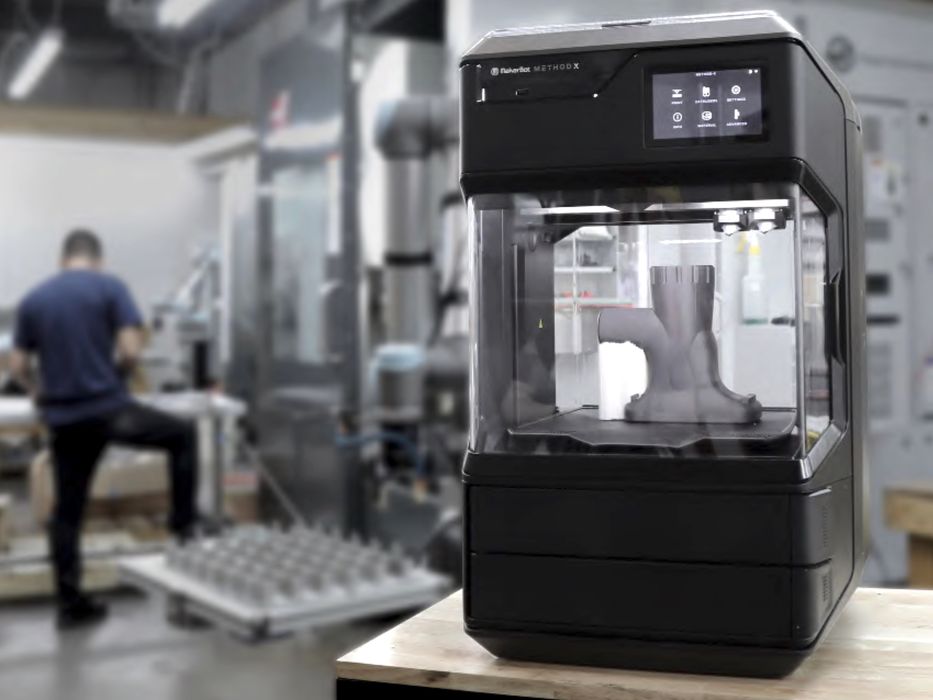
MakerBot released their annual “State of 3D Printing” report and as usual it includes some interesting statistics.
Fabbaloo readers should know, but I’ll say it anyway: MakerBot is NOT the same company from years ago that addressed the DIY/Hobbyist market. These days they produce professional equipment intended for use by industry and educational markets. As such, the respondents to their survey are skewed in that direction.
Let’s take a closer look at these respondents. Well over half are specifically from industry, while only 25% represent personal use. The applications undertaken by the respondents vary considerably, ranging from consulting, to industrial products, to automotive, to consumer products and even healthcare. Evidently MakerBot has a broad audience among professional operators.
Most of their respondents are small-scale operations, with almost 60% in entities with fewer than ten staff. However, there are also 13% of respondents with more than 1,000 staff.
Based on that “demographic” of the respondents, we can then look at what they had to say.
One surprising statistic was that 42% of respondents had only started using 3D printing technology in the past 1-3 years. That is significant, meaning that the market for MakerBot has literally doubled in the past couple of years, and is likely to continue doing so.
While most of the respondents operated less than five 3D printers, four percent operated more than twenty. It would seem that MakerBot’s audience is generally not into farm-scale 3D printing operations, as 96% operate less than 20 devices.
Use of the equipment is varied, with some using the equipment daily, while others use it only occasionally. I believe that makes sense given the professional nature of MakerBot’s equipment: a professional office isn’t necessarily a production workshop, and may be producing prototypes only. In addition, use of equipment in home offices built during the pandemic would also be intermittent. In fact, MakerBot’s statistics show that 68% of respondents make concept models, while 62% make prototypes. As one would expect, some 57% of respondents see R&D improved.
The “top five most important features” is quite interesting. Here’s the results:
- 80% Print accuracy
- 75% Ease of use
- 62% Build volume
- 62% Cost
- 57% Part functionality
MakerBot’s current systems are known for their very high quality parts, but also that they are not the least expensive machines on the market. This is definitely reflected in these findings. It also reinforces the departure of MakerBot from its previous market, where cost would have been the highest consideration. Amazingly, 83% of respondents want even better print quality, far more than want lower costs (58%).
When I read comments suggesting that MakerBot’s equipment is “too expensive”, the authors are wrong, and these findings prove it: cost is just not as important a factor for MakerBot’s current audience.
In fact, respondents indicated they’ve been spending more than anticipated on 3D printing, evidently due to their successes. Some 58% say they intend on increasing use in the future. I guess there is something to the “try it, you’ll like it” strategy.
An astounding 42% of respondents indicated they intend on exploring new materials in 2022. That aligns with general industry trends, where the quest for ideal materials has been partially delivered by materials manufacturers.
Another very interesting statistic is that a majority of respondents intend on seeking new applications for 3D printing. Evidently many brought in the technology for specific uses, but then realized the equipment could do far more than they original thought.
There’s plenty more in this lengthy report, which you can obtain from MakerBot.
Via MakerBot
